The highs and lows for Microsoft in 2016
What do you mean 2016 wasn’t a good year? Despite some difficult decisions, it was a great year for Microsoft
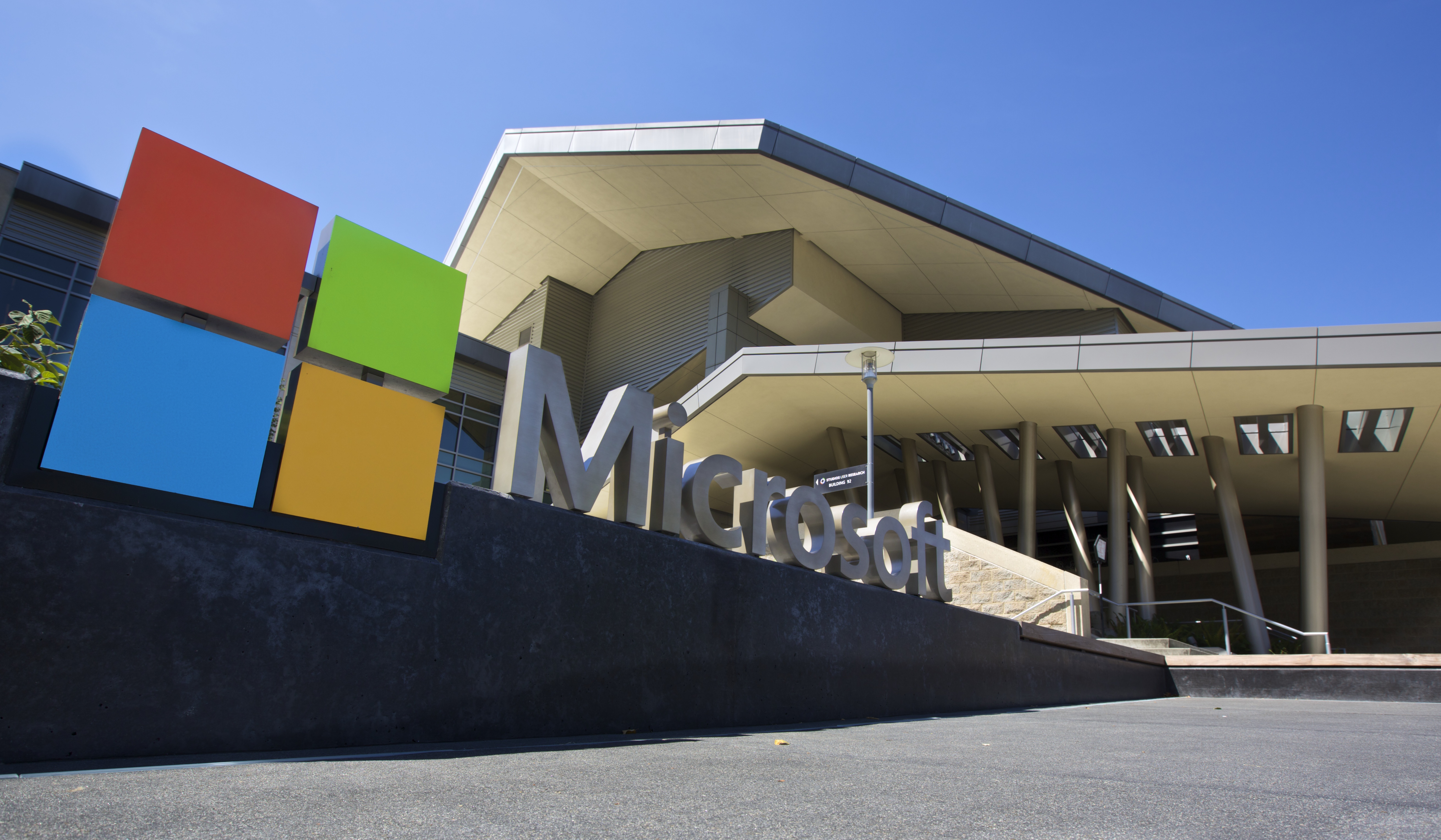
There’s no doubt that this year has been a success for Microsoft, as it continues to refine its focus after the mistakes made in the Ballmer era with Windows 8 and the Nokia acquisition.
It introduced some great new hardware, too, such as Xbox One S, Surface Studio and Surface Dial, building on the success of Surface Book and continues to reinvent itself as a company almost unrecognisable from the reliance on basics of the Gates era. Satya Nadella continues to be a CEO to be reckoned with, cutting where necessary and investing effectively in cloud and mobile services.
The Microsoft of today is more robust, able to better react. And still it continues to be one of the world’s most innovative companies.
Despite the massive losses on its ill-fated Nokia foray, Microsoft’s finances are doing well due to it being one of the leaders in cloud computing – revenue from Microsoft’s cloud platform, Azure, grew 116 percent last quarter. As a result, its share price hit an all-time high.
But there were numerous low points in 2016, too, and we’ve got them all here for you. Without further ado, here are all the highs and lows for Microsoft in 2016!
Surface Studio. Wow!

This was the year when Microsoft out-Appled Apple. Microsoft’s October Surface event – although lacking some of the focus and soundbites of an Apple Special Event – may turn out to be a watershed moment for the corporation. 24 hours before the MacBook Pro was announced, Microsoft took the wraps off the stunning Surface Studio, that turns the iMac up to 9 and folds down so you can use it for design work. Many creatives were left stunned. The best bit though, is the super Surface Dial (a Bluetooth disk-shaped peripheral) that enables you to control a variable – such as a colour palette – with one hand while working with your other hand. The Surface Keyboard was also pretty cool, too. Microsoft’s message to creatives: you are welcome here.
Surface Book no longer ‘the ultimate laptop’ – where is USB-C?
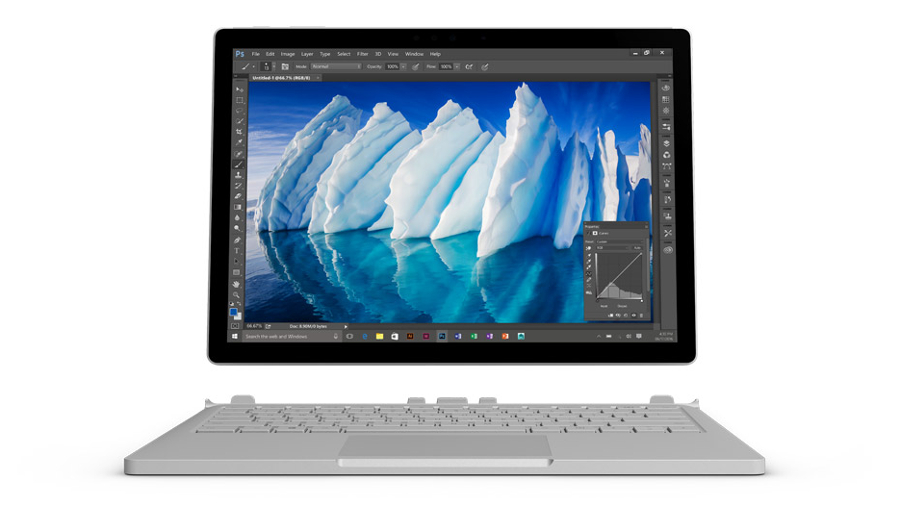
The original expensive-but-wonderful Surface Book has been going great guns, generating big revenues for Microsoft. The firm said that Surface sales enjoyed their biggest numbers ever in November, staying strong on both sides of the Atlantic, with the ‘best single week’ ever recorded in the UK. Microsoft has announced that its new Surface Book with Performance Base (the Core i7 revamp of the device) will go on sale in the UK and Australia at the start of next year, having been a success in North America. But it isn’t really an improvement on last year’s model and still lacks USB-C. We no longer think Microsoft can claim the Surface Book is ‘the ultimate laptop’ without it.
Sign up for breaking news, reviews, opinion, top tech deals, and more.
- Microsoft's Surface Book is among the best laptops of 2016
Just don’t mention phones
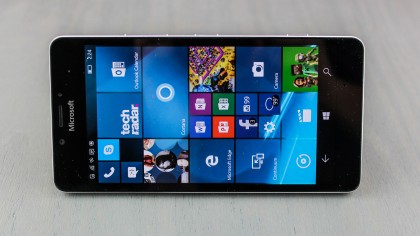
Although we’re still really rather convinced we’ll get the Surface Phone in 2017, 2016 was the annus horribilis to work in mobile at Microsoft. Around 1,850 jobs were culled in late May, most of whom were ex-Nokiaites in Finland, and cost $950 million (around £650 million, or AU$1.3 billion), around $200 million (around £140 million, or AU$280 million) of which will be in staff severance packages. Microsoft also sold what remained of Nokia’s old feature phones biz to Foxconn. Microsoft CEO Satya Nadella did what needed to be done, marking the Nokia acquisition out as a complete mistake. Not only did Microsoft miss the phone rise in the first place, it then came up with a genuinely good mobile OS only to then under develop it. The feeling remains that Microsoft could have made a success of Windows Mobile.
Security arguments with Google
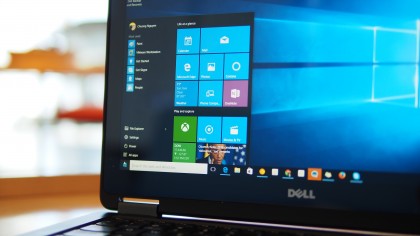
The year wasn’t without security scares elsewhere (looking at you, Yahoo) but a (slightly amusing) situation occurred in November when Google revealed a critical zero-day Windows vulnerability within Windows. Microsoft wasn’t happy that Google made the flaw public. Terry Myerson, head of the Windows and Devices Group at Microsoft, said: “Google’s decision to disclose these vulnerabilities before patches are broadly available and tested is disappointing, and puts customers at increased risk.” Presumably Google didn’t really care about that when it saw the opportunity to get on over on Redmond. Still, Microsoft has made strides in security this year, announcing in August that it was making changes to how it vets drivers for the operating system – all of these must now be digitally signed by Microsoft itself.
Upgrade woes
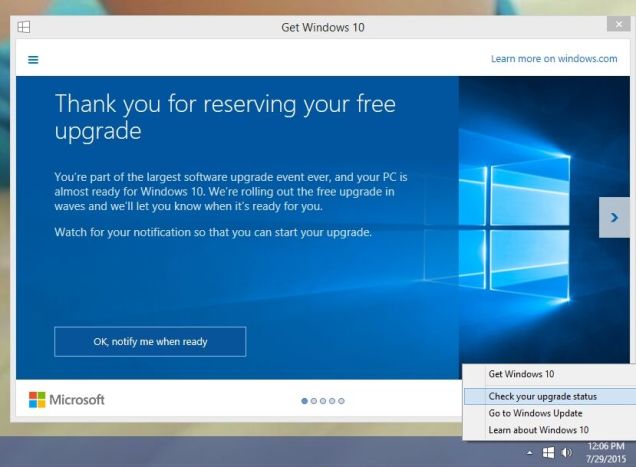
The Windows 10 free upgrade offer ended in the summer, but it wasn’t before Microsoft forced Windows 10 on everybody it possibly could (including my father-in-law, thanks for that headache, Microsoft). Microsoft pushed the OS hard with its Get Windows 10 software and nag screens, and other measures which meant that some folks ended up having the Windows 10 installation fire up of its own accord (possibly the result of a messy bug which Microsoft admitted to in November 2015).
Others clicked the X at the top of the window thinking that it would bin the update when, in fact, it lined it up. UK consumer watchdog Which had over 1,000 complaints about Windows 10, and that it caused a number of conflicts with hardware – in particular printers, speakers and Wi-Fi were mentioned. The organisation also observed that some consumers had been left with a PC so badly hobbled that they ended up paying a third-party to repair the machine.
Californian Teri Goldstein successfully sued Microsoft to the tune of $10,000 (about £7,515, AU$13,554) after her work computer was supposedly wrecked from an unwarranted Windows 10 upgrade. As a result, changes to the Windows 10 upgrade enabled users to opt out of the update entirely, as well as making it so that closing the dialogue box actually declines the update, rather than sit on standby until it's time to install.
Dear LinkedIn: Microsoft's invitation is waiting for your response
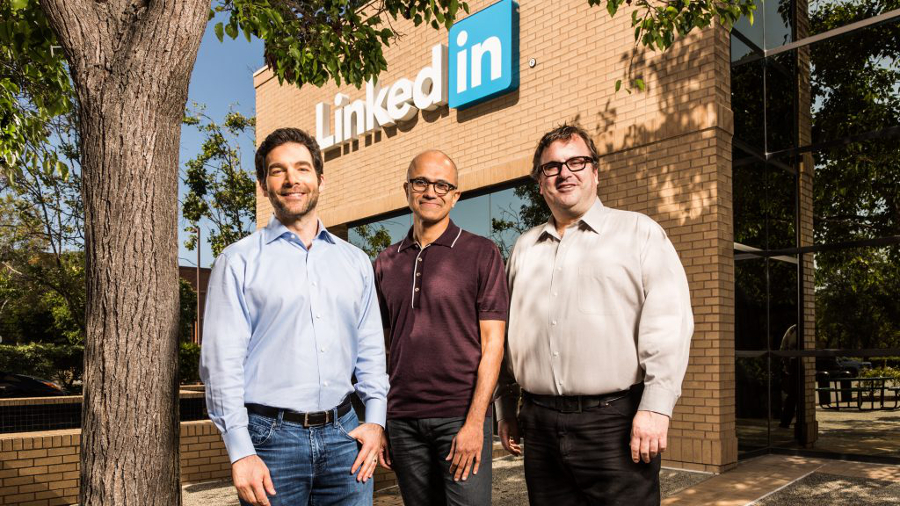
Microsoft bought LinkedIn this year, which seems like a logical step – providing everybody continues to use it, that is. The main reason Microsoft wants it is that it’s a ready-made social network that operates in the place that it does – in the corporate and business world. Microsoft clearly wants to integrate it deeply within Office and Windows.
LinkedIn Learning – the recently introduced online education portal which offers thousands of courses – will also be accessible across Office 365, and indeed the rest of the Windows ecosystem. Microsoft’s chief executive also said that LinkedIn notifications would be flagged up in the Action Center under Windows (although, of course, you’ll be able to squash them if you prefer).
Interestingly, news also broke earlier this year that Facebook tried to buy Facebook in 2007 dfor $24 billion. In an interview with CNBC, Ballmer revealed that Microsoft had offered $24 billion for Facebook in 2007 when it was “itsy bitsy.” Microsoft has owned a 1.6 percent stake in the social network since then.
Windows 10 got even better

The Windows 10 Anniversary Update arrived on August 2. It included improvements to Cortana, the ability to interact with your Android phone, a dark theme, Start menu changes, better Task View, browser extensions in Edge (finally!), Windows Hello fingerprint authentication, a new Skype universal app, Windows Ink and more.
Later preview builds of Windows 10 which incorporates a number of smart embellishments for Windows Ink, including a new Stencils feature and integration with the Photos app. We’ll see more features arrive on Windows 10 in the Spring. Naturally, the Anniversary Update also caused a few issues which Microsoft hurriedly had to fix.
Windows Defender also gained the ability to augment the features of apps fom third-party security vendors, but the third-party vendors – including Kaspersky - criticised Microsoft for trying to push Windows Defender too heavily.
A new Xbox! And another one SOON

It’s always good to have a new console and this year we had a truckload of upgrades. It appears that the days of waiting years for a new console generation are now over, with iterative upgrades appearing to be the way forward. The Xbox One S was announced at E3 and has sold well over recent months. It’s a fairly basic upgrade to the Xbox One, featuring HDR support and 4K Blu-ray (bizarrely missing from the PS4 Pro).
The big uptick for Microsoft console gamers should kick in next year, with Project Scorpio – a Xbox capable of 4K gaming that will go up against the 4K-capable PS4 Pro.
Goodbye Microsoft Band

Although Microsoft is saying hello to plenty of devices, it’s saying goodbye to others – it looks like actually-not-too-bad Microsoft Band 2 won’t get a follow-up, although with wearable sales tanking that’s not too much of a surprise we guess. The company has supposedly dissolved a team of engineers tasked to getting Windows 10 running on the existing Microsoft Band and Band 2.
The Band 2 was also heavily discounted as well. Instead of producing the next Band 3, Microsoft might be focusing on improving its software as it has also stated "we continue to invest and innovate in the Microsoft Health platform, which is open to all hardware and apps partners across Windows, iOS, and Android devices."
Office 365 on the up

If you speak to anyone in the media and publishing world, they all use Google stuff. But most companies just aren’t like that. The EMEA Cloud Report from data protection outfit Bitglass surveyed around 8,000 companies and found that 43% of enterprises used Office 365, compared to 22% on Google Apps.
In total, 66% (rounding up) of companies were using one of this pair of heavyweight productivity suites, which was up considerably from 59% in 2015.Turns out that Office 365 is doing rather well thank you. Flexibility and familiarity are key.
Microsoft Teams – the jury’s still out
That feeling when you think "we should buy a full page in the Times and publish an open letter," and then you do. 💫 pic.twitter.com/BQiEawRA6dNovember 2, 2016
Talking of biz software, Microsoft (finally) revealed its Slack and HipChat challenger in early November. Called Microsoft Teams, it’ll be successful as it’s part of Office 365. And it clearly had Slack worried. I mean, if you take out a newspaper ad saying you’re not worried and giving advice on how to make an app that’s basically a glorified mashup of chatrooms and MSN Messenger, then you’re definitely worried.
Windows 10 adoption slows to a crawl

Hardly anybody new is upgrading to Windows 10 with the adoption rate around 23 percent according to Netmarketshare. Recent stats showed that Windows 7 is still the clear leader, sitting on 48.38% in October – more than double the market share of Windows 10. The older OS actually gained 0.11% month on month.
While the figures for Windows 10 free upgrades were encouraging, it’s still pretty clear that a lot of people just aren’t interested in a new version of Windows, preferring to stick with what they know. Gamers have traditionally been keener to adopt Windows 10 thanks to DirectX 12 being exclusive to the platform, and around 50% of the denizens of Steam now use the newest operating system.
Hope for Cortana
Microsoft’s virtual assistant seems a little stuck in no-man’s land as Alexa, Google Assistant and even Siri rake in headlines. News of a Cortana Android and iOS app were met with general non-plussedness, but recent weeks have seen something very interesting – Cortana in third-party hardware products including kitchen appliances and connected home tech like thermostats.
First up in an Echo-esque Harman Kardon speaker. Could Cortana yet stand up for herself?
Dan (Twitter, Google+) is TechRadar's Former Deputy Editor and is now in charge at our sister site T3.com. Covering all things computing, internet and mobile he's a seasoned regular at major tech shows such as CES, IFA and Mobile World Congress. Dan has also been a tech expert for many outlets including BBC Radio 4, 5Live and the World Service, The Sun and ITV News.